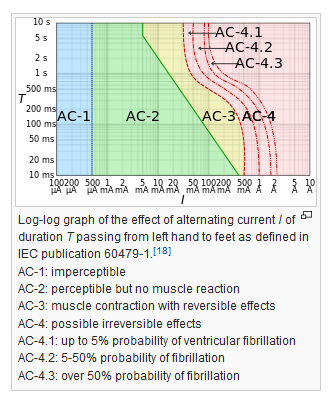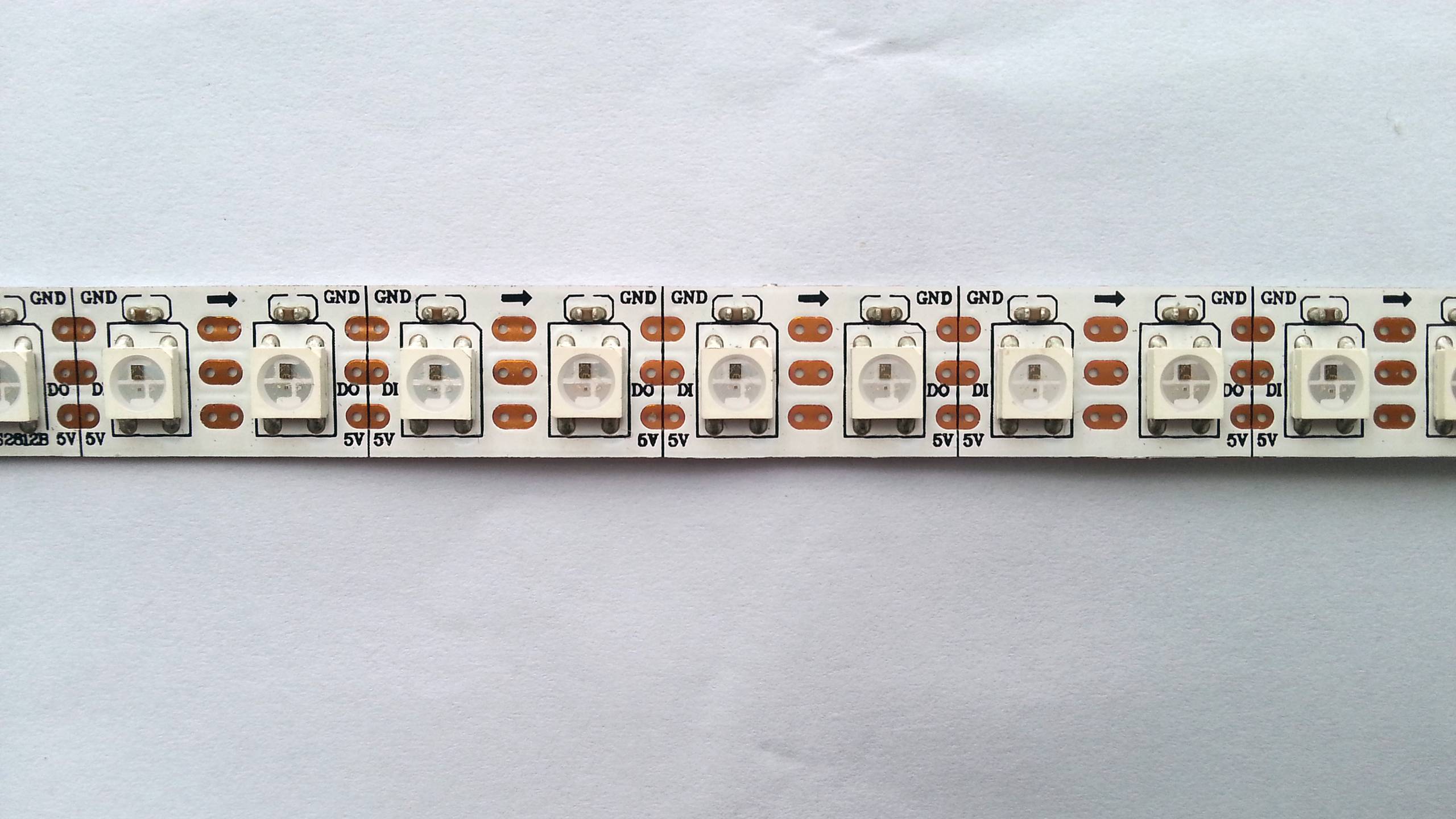When your skin is sufficiently wet and clear of any oil or dirt, in best situation its resistance is about 3 K Ohm . When your supply is 5volt , assume you touch directly power pins. Current through your body will be :
I = V / R
I = 5.0 / 3K = 1.67 mA
If we refer to Wiki- Electricity Shock we can determine how much current in how much time cause damage to body.

As you see in case of this current you are always in green part of diagram.
If you touch your tongue, it's resistance will be hundred of ohms. then it's current will be tens of mA. According to this figure if you hold it for more than a second, it will cause you an AS-3 kind of damage, that it's not so serious indeed.
---Edited :
According to our discussion in comments I prefer illustrate the Skin model here :
This is Anatomy of skin :

and it's equivalent circuit for this :

According to McAdams , there have been several observations of regional differences of skin impedance in the low-frequency range, which is dominated by Re. Therefore, variations of skin impedance between sites and subjects tend to be due to large variations of Re. Reference
Then as illustrated in this article too, skin resistance has imaginary and real part that in a DC situation only real part will be considered. In This situations skin resistance will vary depending on lots of conditions but at last it will vary from 100K to 500 Ohm in different situations for a normal skin without dirt.




